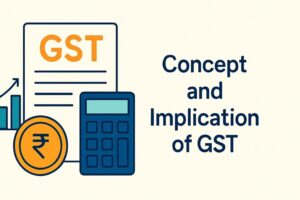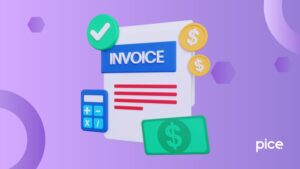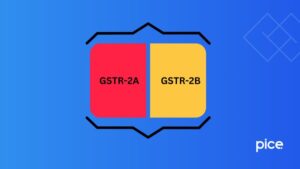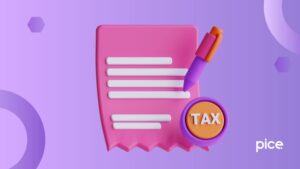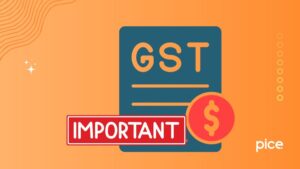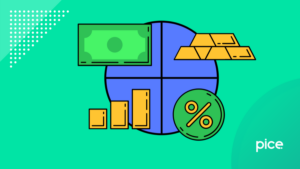A Guide on How to Make GST Payment Through Net Banking & Other Modes
- 24 Jan 25
- 10 mins
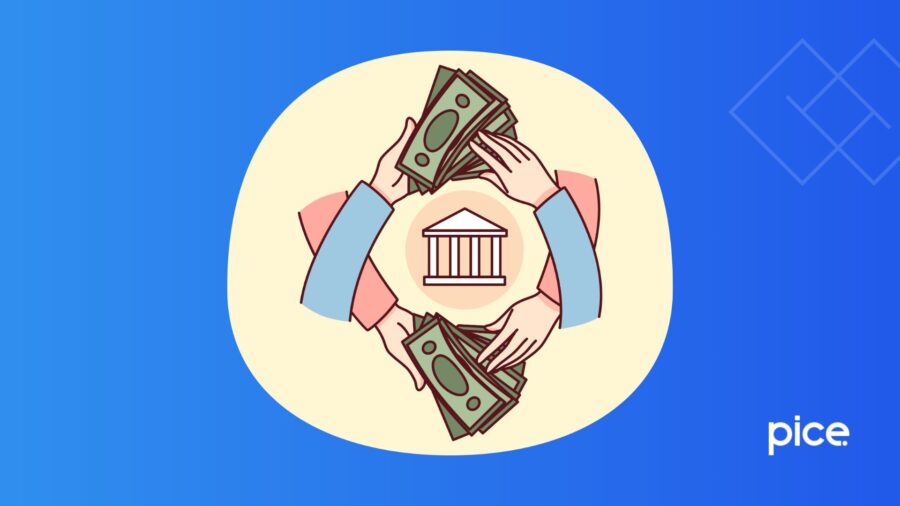
A Guide on How to Make GST Payment Through Net Banking & Other Modes
Key Takeaways
- GST payment is mandatory for registered taxpayers to settle their tax liabilities with the government.
- Taxpayers can pay GST online via net banking, UPI, NEFT/RTGS, or offline through authorized banks.
- Different taxpayer categories, like regular, QRMP, and composition, follow distinct GST payment timelines and methods.
- Generate a challan on the GST portal, choose a payment mode, and complete the transaction to update the electronic cash ledger.
- For payment issues, track CPINs, use UTR linking, or file grievances on the GST portal for resolution.
Anyone supplying goods and services in India is required to pay Goods and Services Tax (GST) if their output tax exceeds the input tax liability. To simplify the payment process for taxpayers, the government offers both online and offline methods.
In this blog, we will guide you on how to make GST payment through net banking and other available modes, whether while generating the challan or at a later date. Keep reading to know more!
What Is GST Payment?
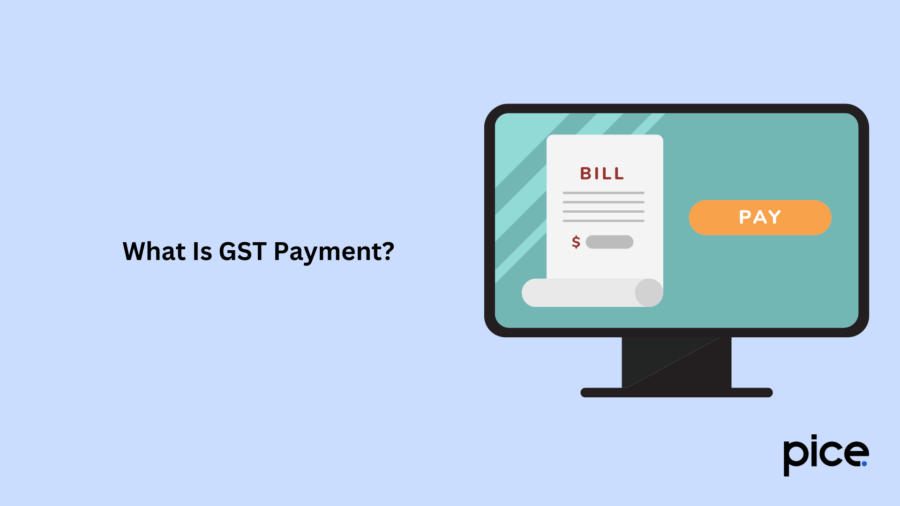
The amount of tax that taxpayers registered under the Goods and Services Tax (GST) regime are required to pay to the government is known as the GST payment. The amount is determined by the applicable tax rate on the goods and services provided by the taxpayer.
Businesses collect this tax from customers on behalf of the government in exchange for goods and services and then pass it on to the government authorities. The collected tax revenue is utilized by the government for various developmental and public initiatives.
How Do Different Taxpayers Make GST Payments?
Regardless of whether you use net banking or another payment method, the GST payment process remains more or less the same for all taxpayers. If the electronic cash ledger has a sufficient balance, no payment is needed. Otherwise, the taxpayer must generate a challan to deposit funds into the cash ledger using approved payment methods, such as net banking.
Here’s how different taxpayers proceed with GST payments:
- Regular Taxpayers
At the time of filing the GSTR-3B, regular taxpayers need to use the PMT-06 challan in case they want to initiate a GST payment towards the electronic cash ledger. Consequently, the details from the challan appear in GSTR-3B. Regular taxpayers can create a challan and choose to initiate the payment either before or after login, as well as during the GSTR-3B filing process.
- Quarterly Taxpayers (QRMP Scheme)
Taxpayers registered under the QRMP scheme have to meet their tax liability in the first 2 months of a quarter using the PMT-06 challan or while filing GSTR-3B for the last month of the quarter, which is the 3rd month. Such taxpayers need to ensure the GST has been paid by the 25th of next month for the 1st and 2nd months of the quarter. For instance, January and February for the JAN-MAR 2025 quarter.
In the form PMT-06 challan, they need to choose the ‘Monthly payment for quarterly return’ option and select ‘Fixed sum’ or ‘Self-assessment’ as the payment method.
- Nil GST Return Taxpayers
Besides regular and quarterly taxpayers, there are the ones who have no sales or purchases or tax payable for a certain tax period, which could be a month or quarter. In such a case, there is no need to create a challan or make any payment.
- Composition Scheme Taxpayers
Also known as composition taxable persons, these taxpayers need to summarise their sales/turnover details in challan CMP-08 on a quarterly basis and make payment of tax.
What Are the Modes of GST Payment?
Under the current GST regime, Indian taxpayers have the flexibility to choose their preferred tax payment method. The ideal payment option depends on factors like speed, convenience, and transaction limits.
Here is a list of options available for making a GST payment:
- Online Payment via GST Portal
Paying GST online through the official portal is a popular choice among Indian taxpayers. Here’s how you need to proceed:
Step 1: Navigate to the GST portal and enter your registered login credentials.
Step 2: Click on the ‘Services’ tab displayed on the main menu.
Step 3: Choose the option ‘Payments’ and then ‘Create Challan’.
Step 4: Select the appropriate tax head.
Step 5: Enter the amount.
Step 6: Select your preferred payment mode among the options: ‘Net Banking’, ‘Credit/Debit Card', or 'NEFT/RTGS'.
- If you select ‘Net Banking’, follow the given below steps:
Step 7: Choose your bank from the list of options. To see the list of your preferred banks used for previous payments, choose ‘Preferred Banks’ under the Mode of E-Payment option.
Step 8: Tap on the ‘I Agree to the Terms and Conditions’ checkbox.
Step 9: Click on the ‘MAKE PAYMENT’ tab. You will be redirected to the official portal of your preferred bank.
Once the payment is successfully completed on the bank's portal, you will be redirected to the GST portal, where a payment success message will be displayed. Click on the ‘View Receipt’ hyperlink if you want to get the payment receipt.
- If you choose ‘Credit/Debit Card’, go through the following steps:
Step 7: Choose your preferred bank, tap on the ‘I Agree to the Terms and Conditions’ checkbox, and click on the ‘MAKE PAYMENT’ tab.
Step 8: Once you are redirected to the bank’s portal, enter your mobile number and email ID.
Step 9: Click on the checkbox followed by the ‘Proceed’ tab.
Step 10: Enter the card details to complete the transaction.
- In case you proceed with the ‘NEFT/RTGS’ option, log in to your bank account and add a beneficiary using the details provided in the downloaded challan under the ‘Details of Beneficiary’ section. Complete the payment to the added beneficiary following your bank's norms.
- Bank Payment
Once you have created the challan on the GST portal, you can also make a GST payment by visiting the nearest branch of an authorised bank. There, all you need to do is consult a bank representative, submit the challan, and complete the transaction via cash, cheque or demand draft.
- Over-the-Counter (OTC) Payment
Over-the-Counter (OTC) payment of GST is available for transactions up to ₹10,000. This method allows payment via cash, cheque, or demand draft at authorized banks after generating and submitting the challan.
- Unified Payments Interface (UPI)
You can also make GST payments using BHIM UPI. Once you select it as the ‘Mode of E-Payment’, tap on the checkbox and click on the ‘MAKE PAYMENT’ tab. You will be redirected to the bank’s portal. Enter your UPI ID, mobile number, and email ID. Accept the terms and conditions and click on the ‘Proceed’ tab. Next, all you need to do is approve the transaction, and the process will be completed.
How to Pay GST Payments Online at a Later Date?
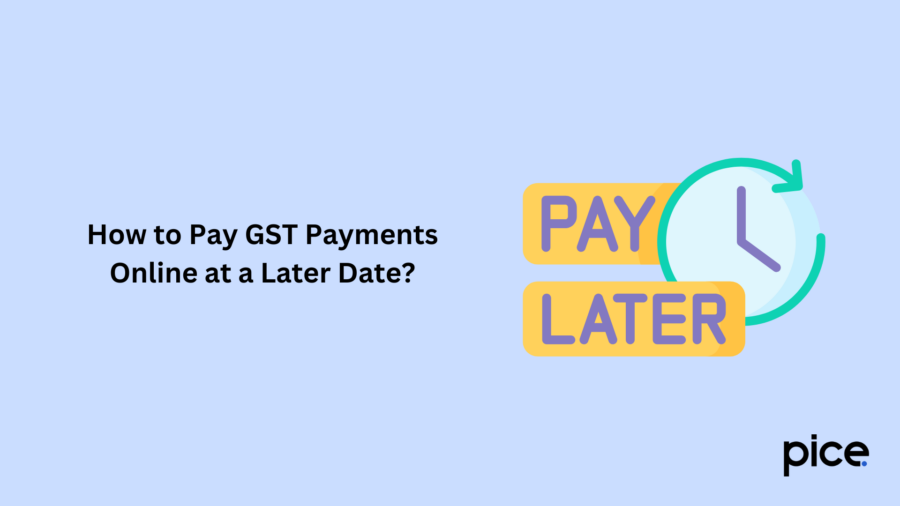
The following is a stepwise process on how to make a GST payment at a later date:
- Through Net Banking
Here’s how to make a GST payment through the net banking option using a previously generated challan:
Step 1: Visit the official GST portal and enter your login credentials.
Step 2: Click on the ‘Services’ tab from the main menu.
Step 3: Choose ‘Payments’ followed by ‘Challan History’.
Step 4: Click the hyperlink for the relevant CPIN.
Step 5: Select your preferred bank from the list shown for net banking and complete the payment.
Upon successful payment, a receipt with the CIN is generated, and the electronic cash ledger is updated instantly.
- Through OTC Mode
Follow the given below steps if you want to make a GST payment through over-the-counter mode:
Step 1: Manually fill in the remaining details on the challan and sign it with the authorized person's signature.
Step 2: Submit the filled-up challan along with its copy.
Step 3: Make the payment via cheque, demand draft, or cash at the bank selected during challan generation.
The electronic cash ledger will be updated with the payment within a day or two.
- Through RTGS/NEFT
Follow the steps below to make GST payment through NEFT/RTGS mode:
Step 1: Fill up all the details in the challan, including the payment mode as NEFT/RTGS. Fill in the mandate with the cheque and depositor's details and sign it manually.
Step 2: Submit the filled-up challan, a copy, cheque, and mandate to the remitting bank selected during challan generation. Alternatively, you can use the account debit facility instead of a cheque.
The bank will process the payment within the next 2 hours. Once done, you will receive the Unique Transaction Number (UTR) and Challan Identification Number (CIN) on your registered email ID or mobile number.
Regardless of the payment method, visit the GST portal after completing the payment. Navigate to the 'Challan History' section, click on the hyperlink for the relevant CPIN, enter the UTR number, and click 'Link UTR'. The electronic cash ledger will be updated.
Note: Follow up with the bank if the payment is initiated but the status shows “Awaiting Bank Confirmation” or “Awaiting Bank Clearance.". If the payment is completed and you have received confirmation from the bank, but the electronic cash ledger is not updated, you can raise a grievance in form PMT-07 on the GST portal.
Conclusion
As a registered taxpayer required to file GST returns, you must also make payments based on the filing timeline for GST returns. Now that you know how to make GST payment through net banking, all you need to do is ensure that all tax liabilities from the previous month are settled before submitting the challan and GST payment for the current tax period to avoid penalties.
💡If you want to streamline your payment and make GST payments, consider using the PICE App. Explore the PICE App today and take your business to new heights.
 By
By 






